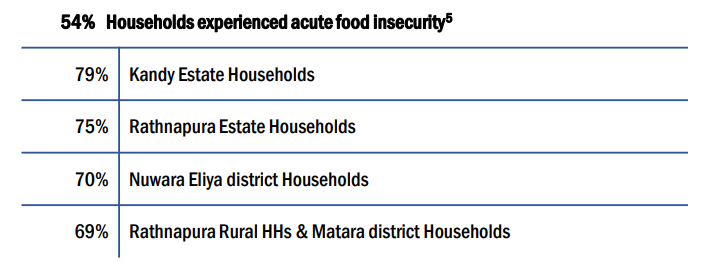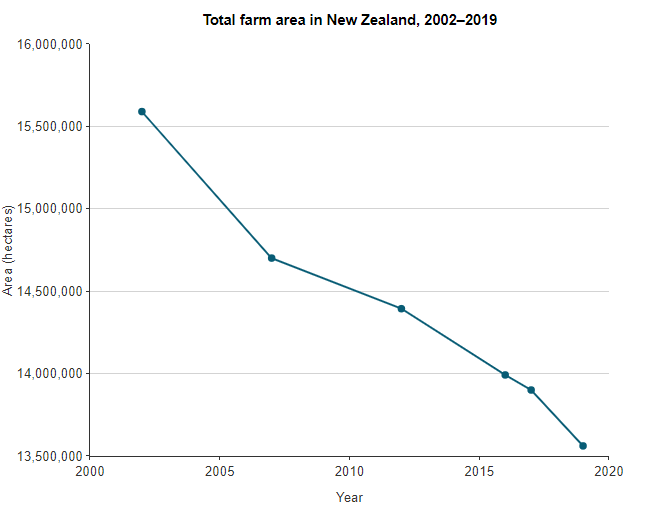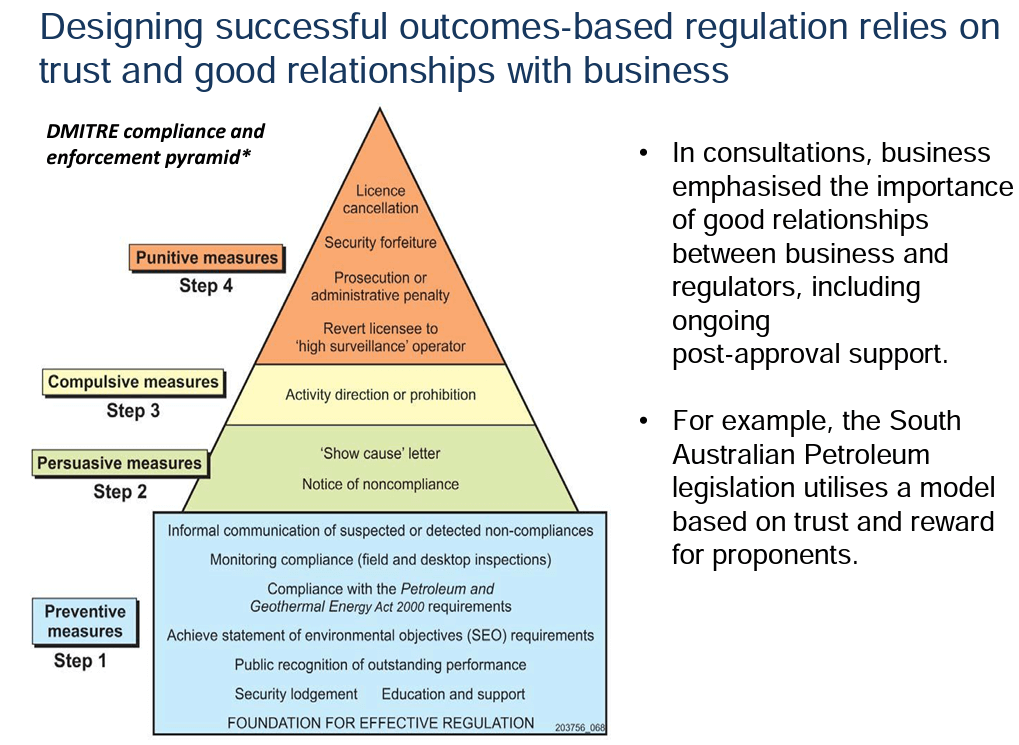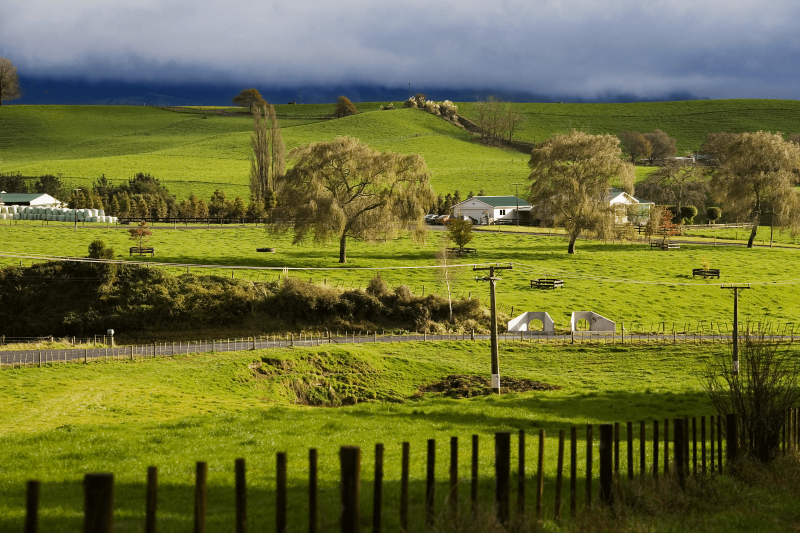Yet this is what is happening in many countries, including New Zealand.
The EU is determined on the Farm to Fork strategy, which involves achieving 25% organic production and a 20-50% reduction in use of agrichemicals. The decreased availability of food (10-15% in key products) and economic implications have already been calculated as significant.

For Sri Lanka, the foray into organics is considered one of the significant factors which crashed the economy.
And in New Zealand the regulatory environment, designed to protect humans, animals and the natural environment, is becoming ever more stringent and complex – which makes farming more difficult and hence costly.
If a farmer can’t make a living for their family, with an income that reflects hours worked, a different occupation will be chosen.
We are seeing this globally, not just in New Zealand.
The children of farmers in developed countries are not following in the footsteps of their parents. Immigrant labour has become an important part of farmer survival across the world, because the migrants want a better life for their children than they had in their home countries. They are prepared to work hard to get that better life, and they want their children to be medical professionals or accountants and lawyers – not farmers.
In one generation they’ve gone from the land.
In order to stem this tide, the world needs to reconsider the role of the farmer as an agribusiness professional and food producer. And consider what we, as consumers, need.
Food that is safe to eat. Food that is affordable. Food that is produced sustainably (fewest greenhouse gases and least nitrogen lost to the environment per kg of product).
Animal welfare is tied up in the list, as is employment – human welfare with health and safety as well as minimum wages, ACC and general respect.
Most farmers look after their employees, animals and land. Optimal care is associated with optimal business. Although there might be debate on what constitutes optimal, it should always be remembered that a sick animal will not be an asset to the business. Nor will a grumpy employee.
As for the land – soil, pasture and plants (crops and trees) are vital for farmer productivity and mental health. We have seen this graphically in the media during and after the cyclones, and relief has been poured into the area.

But the big issues on regulations that create barriers for progress remain. They restrict the potential for food producers to achieve the outcomes desired in a manner that suits their enterprise. This undermines professional pride, which is part of the reason that succession and recruitment suffers.
The winter grazing regulations have been changed because they were unworkable. Animal welfare activists are not happy and continue to show old footage from a once in 100-year flood a couple of years ago to get greater regulation.
Regulations don’t change floods, but floods have made farmers more aware of the risks. Contingency plans and alternatives are now in place, but like any form of insurance, there is a cost.
For regulations around food producers, a focus on outcomes rather than inputs would be a refreshing change.
New Zealand’s focus in the past has been safe, affordable food produced sustainably. The outcome focus has given us a remarkable reputation. There have been some bad apples, as there are in any profession, but overall, our reputation as a land of pioneers punching above weight in many areas including farming, is deserved.
Outcome focused regulation (OFR) has been discussed and implemented in various jurisdictions globally. In the UK, OFR is designed to create “a more robust and efficient regulatory system by concentrating on high-level principles and outcomes, replacing detailed and prescriptive rules with a targeted, risk-based approach and giving improved flexibility for businesses in how they achieve outcomes”.

In Canada, outcome regulation has allowed farmers and the world population to take advantage, safely, of the development of genetically engineered crops – reducing the use of agrichemicals and fossil fuel while increasing yield per hectare, and concurrent price per kg of product.
OFR allows business owners to match their operations to the environment in which they are operating. For farmers and growers this means identifying the best crop/animal/pasture/tree species for their terrain, temperature range and soil type – and market requirements and opportunities.
New Zealand farmers are in a better position to be able to identify the combination required than anybody in the central city. Allowing them to be innovative to achieve the required outcomes will bring back a sense of worth. And maybe then the next generation of agribusiness professionals and food producers will appear.
With great people in the industry, we will have the ability to continue to improve efficiencies and the best chance of reducing food inflation. Safe, affordable sustainably produced food will continue to be the goal. OFR can help with that.
A version of this article was originally posted at Stuff and has been reposted here with permission. Any reposting should credit the original author and provide links to both the GLP and the original article. Find Stuff on Twitter @NZStuff































